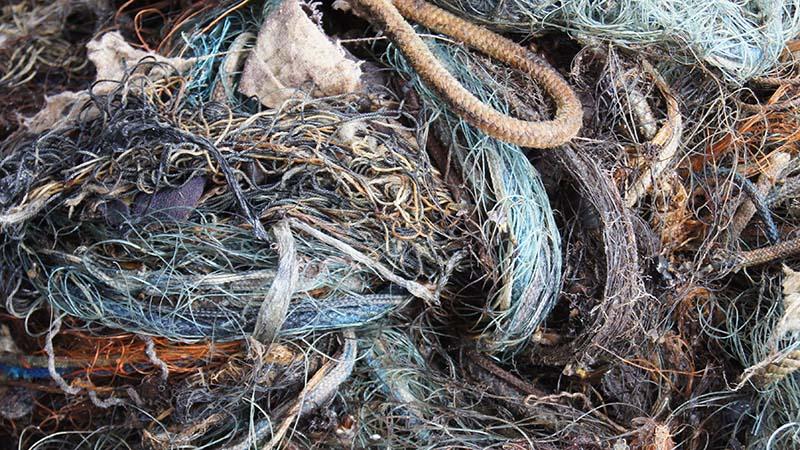Marine Litter

Marine litter is a rapidly growing concern at sea and shores alike, having a large impact on the environment. Marine litter is not only an aesthetic problem but incurs socioeconomic costs, threatens human health and safety and has impacts on marine organisms.
Moreover, entanglement in, or ingestion of, marine litter are concrete threats to marine animals and may even lead to death. Consumption of tiny particles called micro plastics is also of concern as it may provide a pathway for transport of harmful chemicals into the food web. Additionally, marine litter is known to damage and degrade habitats (e.g. in terms of smothering) and to be a possible vector for the transfer of alien species.
As agreed in the Ministerial Meeting in October 2013, HELCOM developed a regional action plan on marine litter, adopted in 2015, with the aim of achieving a significant reduction of marine litter by 2025 and to prevent harm to the coastal and marine environment. In 2021, the Action Plan was updated, based on lessons learnt from the implementation of the first Action Plan and on the best available information on amount and composition of litter found in the coastal and marine environments as well as its sources and pathways to the Baltic Sea.
